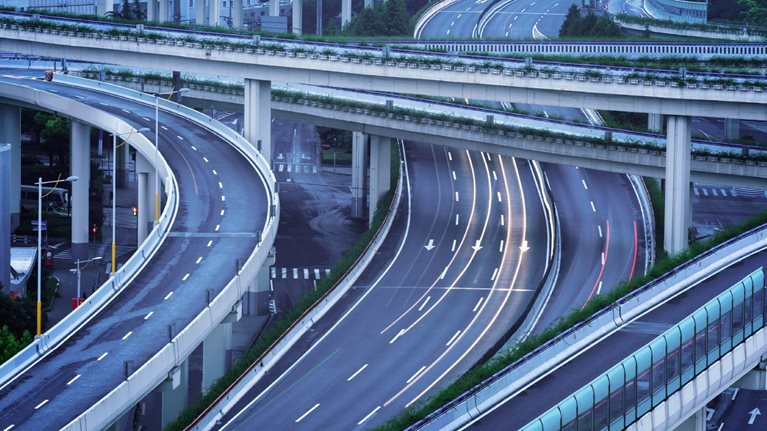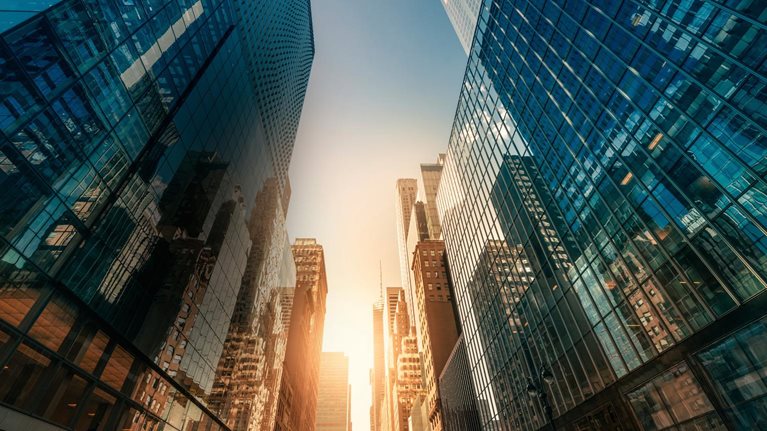Until recently, the Colombian city of Medellín was known as the global center of cocaine trafficking. Its 2.5 million inhabitants were plagued by violence and crime, and the city was notorious for having one of the world’s highest homicide rates. Much has changed over the past two decades. With a more than 80 percent decrease in the murder rate in the past two decades and a budding economy, Medellín’s story today is one of revitalization. Colombia’s second-biggest city now attracts tourists from all over the world, companies looking to expand into the growing Latin American market, and individuals in search of job opportunities, better living conditions, and pleasant weather (one of Medellín’s nicknames is the “city of eternal spring”). Just last year, Medellín was named Innovative City of the Year in a global competition developed by the Urban Land Institute, WSJ Magazine, and Citigroup. So just how did Medellín, the capital of Antioquia province, achieve such a dramatic transformation in just 20 years? We spoke with Aníbal Gavíria, a former governor of Antioquia and the city’s current mayor.
McKinsey: What is behind Medellín’s new reputation as an innovative city?
Aníbal Gavíria: Innovation cannot be created out of nothing. It does not depend on a single event, but rather on the ability to create a consensus to support and pursue innovation at all stages. There must be a culture of innovation—and the paisas, which is what people from Medellín call themselves, have always been known for their entrepreneurial spirit, hard work, and discipline. This is also why some of the most important companies in Colombia find their origins in Medellín.
But a culture of innovation is not enough; it is only the first pillar. The second pillar is to put in place social and urban innovation processes. That is what we have been doing in Medellín for the past 20 years. We did not start from scratch; we have learned from the experiences of other cities around the world.
One example is the metro system, which was put in place in 1995 and is still today the only metro in the country. In recent years we have gone even further—introducing cable cars as a mass-transportation solution for some of the most marginalized areas of the city. Another example is the recent construction of the giant outdoor escalator that now connects a marginalized neighborhood, infamous for its bloody past, to the rest of the city and to the integrated public-transportation system. These mass-transit solutions, coupled with improvements in housing conditions and education campaigns, have been a way to bring development to those territories and improve the quality of life of the people who live there. The key is to put in place comprehensive plans that aim at holistic urban transformations.
McKinsey: How did the city get the private sector on board with the transformation plans?
Aníbal Gavíria: The first thing was to provide security. It was important to reduce not only the murder rate but also the perception of insecurity. This was done mainly by increasing the presence of police forces in slums that were once dominated by illegal cartels and gangs. Second, we focused on human capital. We improved the coverage and quality of public education. We made the biggest investment in bilingual skills that any Colombian city has made, to help ensure that students could speak both Spanish and English. Third, we provided incentives for the creation of clusters in areas such as health, tourism, fashion, energy and utilities, construction, and IT.
The fourth and most important factor has been the constant dialogue among the local and regional authorities, the local universities, and the public sector. That coordination is key, especially for employment generation. In a recent survey, when Medellín residents were asked about the city’s main issues, the most common response was the lack of employment generation. So, two areas we are focusing on now are providing support for entrepreneurs and small and midsize companies by promoting the formalization of their businesses, and improving the relevance of education by facilitating partnerships between the private and academic sectors.
McKinsey: Have you encountered any resistance to the changes the city has introduced?
Aníbal Gavíria: There has been, in fact, a lot of resistance—but this is expected when making transformational changes. We have faced incredulity, and people thinking that we were forever condemned to be a failed city. A lot of work is still to be done, but the change in mentality—when people begin to see that it is possible to have breakthroughs that benefit everybody—has been the most important gain.
McKinsey: Are there lessons for other cities in how Medellín has sought to make innovation a sustainable process?
Aníbal Gavíria: It is all about good planning and good communication, to ensure that the initiatives are actually led by the people and not by the government. We have put in place a strategy we call Medellínnovation to continue the development of the city, in part by attracting innovation fairs—for example, innovation festivals focused on nanotechnology, robotics, and digital applications—and by stimulating open innovation via the portal Mi Medellín. On the portal, we publish information about specific problems; we then organize competitions to find innovative ways to solve those problems. In April 2014, Medellín hosted the World Urban Forum, at which innovative cities shared best practices. We want to learn from what others have done in the past.
McKinsey: Your mayoral term ends in 2015. What do you hope will be your main legacy as mayor of Medellín?
Aníbal Gavíria: First of all, I am very proud to build upon what my predecessors have done and to give continuity to many of their programs and projects. My brother was also a governor of Antioquia.1 He and I always believed that the transformation of a society is accomplished by the succession of several good and coordinated governments. That is what has happened in Medellín, and we hope it will continue this way.
In Medellín, we can speak of a true metamorphosis, and we want to leave our mark on this historic process. We are doing this in two ways: the first is a reorganization of the internal structure of city hall. When I started as mayor in 2012, I had more than 50 direct reports, including secretaries, managers of decentralized institutions, and managers of state-owned enterprises. We have now organized all these reporting lines into six groups and appointed a vice mayor for each group—similar to establishing six vice-president positions in a company, where the mayor is the CEO. This new structure has resulted in a more efficient decision-making process.
Our second major effort has to do with a change in the use of land. In mid-2014 we will adopt a new zoning plan, which will support the design and implementation of two megaprojects: the Medellín river park and the metropolitan greenbelt.
The Medellín river-park project aims to revitalize the river area. The two highways that border the river will become underground tunnels, and we will expand them from four lanes to six lanes on each side. The riverbanks will become a giant park with natural reserves, bicycle lanes, walking paths, and wide sidewalks, among other things, to be used and enjoyed by all residents. As for the metropolitan greenbelt, our aim is to limit the expansion of the city into the peripheral mountains—an effort that will be complemented by a densification program for the city’s downtown areas through active urban renewal. Here, in contrast to what is done in other places, the city is buying or appropriating the necessary land directly and partnering with the private sector to design and implement projects.
These megaprojects will take several years and even several administrations to complete, but as with many other projects we have done in the past, we will rely on the support of citizens and on the dedication and hard work of public servants. Our responsibility is to make sure we move toward the long-term improvement of Medellín, to make it into a place where we want our children and grandchildren to raise their families.


